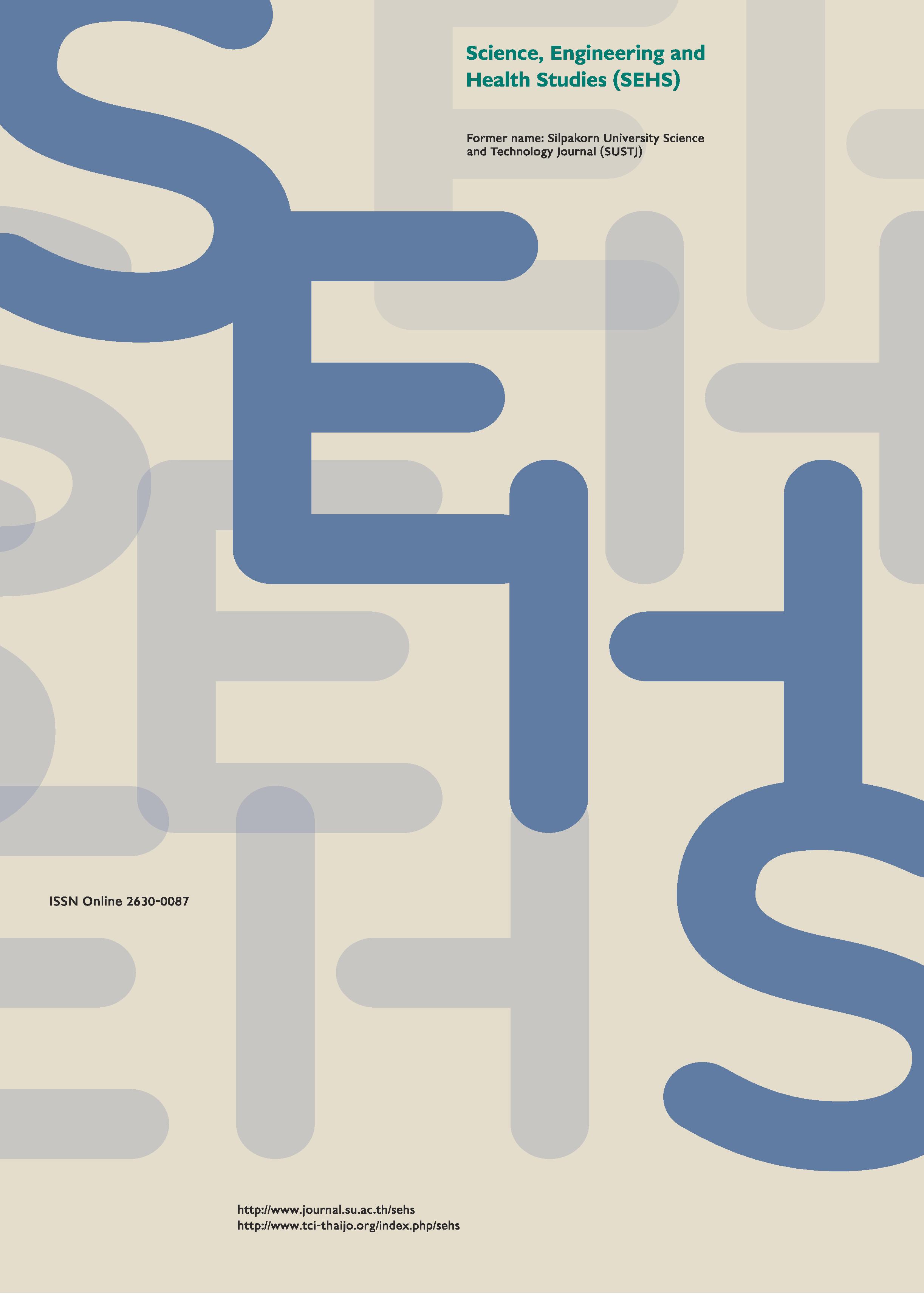Effects of isolation by taking sick leaves of conjunctivitis infected individuals and treatment control on stability of mathematical modeling of conjunctivitis
Main Article Content
Abstract
Conjunctivitis or pink eye is an inflammation of the conjunctiva which can cause the eye to become red. It can be found in patients of all ages and, in particular, half of them are young children and school age children. The disease is often found in rainy season and in tropical countries. For better understanding of conjunctivitis infection, in this study, we have constructed and analyzed mathematical model involving isolation by taking sick leaves of infected individuals. Both theoretical and numerical analysis is performed. In addition, the basic reproduction number, R0, is calculated and used as the threshold to indicate model equilibrium points’ stability. Further, the model is extended to be optimal control model by adding the treatment control variable. The results suggest that isolation by taking sick leaves of infected individuals together with treatment control should be encouraged as strategy to reduce overall conjunctivitis patients.
Downloads
Article Details
References
Chowell, G., Shim, E., Brauer, F., Diaz-Duenas, P., Hyman, J. M., and Castillo-Chavez, C. (2006). Modelling the transmission dynamics of acute haemorrhagic conjunctivitis: Application to the 2003 outbreak in Mexico. Statistics in Medicine, 25(11), 1840-1857.
Ghazali, O., Chua, K. B., Ng K. P., Hooi, P. S., Pallansch, M. A., Oberste, M. S., Chua, K. H., and Mak, J. W. (2003). An outbreak of acute haemorrhagic conjunctivitis in Melaka, Malaysia. Singapore Medical Journal, 44(10), 511-516.
Kimberlin, D. W., Brady, M. T., Jackson, M. A., and Long, S. S. (2015). Recommendations for care of children in special circumstances. America Academy of Pediatrics, 161-170. [Online URL: https://redbook.solutions.aap.org/book.aspx?bookid=1484] accessed on November 15th, 2017.
Ngoteya, F. N., and Gyekye, Y. N. (2015). Sensitivity analysis of parameters in a competition model. Applied and Computational Mathematics, 4(5), 363–368.
Pontryagin, L. S., Boltyanskii, V. G, Gamkrelidze, R. V., and Mishchenko, E. F. (1986). The mathematical theory of optimal processes. Gordon and Breach Science publishers.
Samsuzzoha, M., Singh, M., and Lucy, D. (2013). Uncertainty and sensitivity analysis of the basic reproduction number of a vaccinated epidemic model of influenza. Applied Mathematical Modelling, 37, 903-915.
Sangsawang, S., Tanutpanit, T., Mungtong, W., and Pongsumpun, P. (2012). Local stability analysis of mathematical model for hemorrhagic conjunctivitis disease. KMITL Science and Technology Journal, 12(2), 189-197.
Sangthongjeen, S., Sudchumnong, A., and Naowarat, S. (2015). Effect of education campaign on transmission model of conjunctivitis. Australian Journal of Basic and Applied Sciences, 9(7) 811-815.
Suksawat, J., and Naowarat, S. (2014). Effect of rainfall on the transmission model of conjunctivitis. Advances in Environmental Biology, 8(14), 99-104.
Unyong, B., and Naowarat, S. (2014). Stability analysis of conjunctivitis model with nonlinear incidence term. Australian Journal of Basic and Applied Sciences, 8(24), 52-58.
van den Driessche, P., and Watmough, J. (2002). Reproductive numbers and sub-threshold endemic equilibria for compartment models of disease transmission. Mathematical Biosciences, 180, 29-48.

